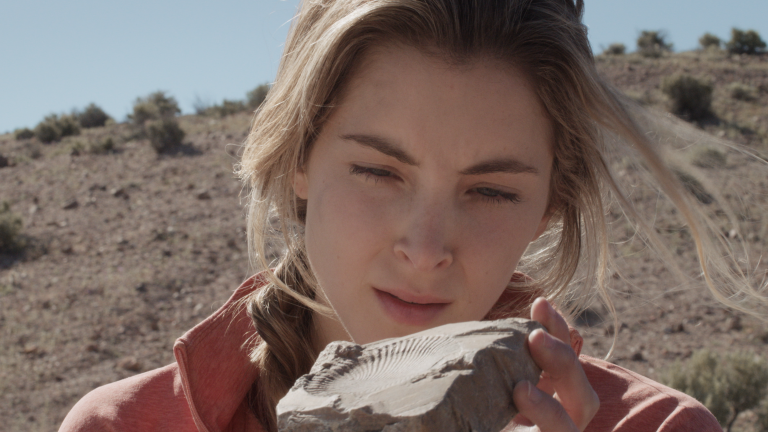“Once there was a girl. She had a passion for the shining stars of bygone times, but she was also drawn to the gutter. She liked… bad things,” narrates Paul (Jérémie Galiana) in the opening moments of Jethro Massey’s debut feature film, “Paul & Paulette Take a Bath,” as the girl in question, Paulette (Marie Benati), reenacts the final moments of Marie Antoinette’s life. This strange encounter leads to an offbeat, unique friendship forming. For Paulette, it is an attempt to form more friendships with men as she is hung up on the breakup with her girlfriend, Margarita (Margot Joseph). For Paul, it is to get closer to Paulette by leaning into her passion for reenacting brutal events from the past. They make for an odd pair, with wildly different intentions, yet you cannot help but root for them as they grow closer and change one another.
“Once there was a boy. A dreamer in Paris with a camera around his neck. What he hadn’t understood is that you can’t touch the world if you are hiding behind a lens,” narrates Paulette, following on from Paul’s description of her. He is an American living in Paris, trying to pursue his passion for photography whilst feeling trapped in a boring desk job, and caught up in an affair with his older boss, Valérie (Laurence Vaissière). No one looks quite as lost in life as Paul, slouching around his apartment like one of the romantic poets of old. Whilst never the main thematic element, there is definitely a feeling, from Paul in particular, of a desire for connection in modern society, with ever-growing feelings of isolation and reports of loneliness epidemics, and the lengths someone will go to in order to make a connection.
He is portrayed as someone willing to cross several lines in order to get what he believes he needs. On the other side of the coin, with every element of this film, is Paulette. She has so many friends, yet never has a deep, meaningful connection with the ones we see. The varied supporting cast drops in and out of proceedings, so the only two constants are Paul and Paulette themselves.
Galiana and Benati have great chemistry to keep you invested as their friendship develops, taking them on a tour of horrific crimes committed in ordinary spaces, where people now live, work, and walk past when the memories of said events have begun to fade. Examples include an apartment where people were lured to their deaths, which is now rented out. Paris’ Human Zoo, where families from across the French Empire were held to be gawked at, is now a collection of overgrown, decaying huts.
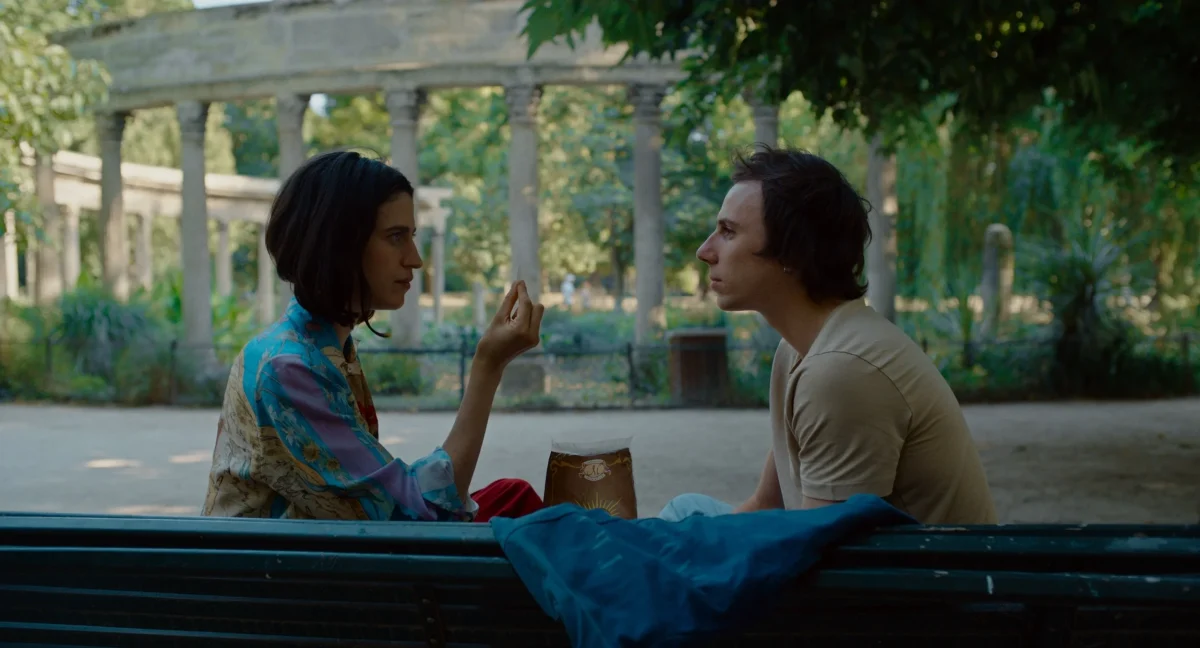
There is a trend that the more recent the horrors, the more uncomfortable it feels to watch the pair’s reenactments. The film begins with events centuries ago, before inexorably making its way to more modern times. These scenes are edited by Julian Chardon to feature pictures of the events with the snap of a camera, adding in sound effects specific to the scenario. These earlier ones work, forcing you to sit and face the brutality of these events, whilst a later scenario, with only gunfire, comes across as too ridiculous when the film is trying to be serious. However, that is a losing battle, as that event is still incredibly recent, and using pictures would have come across as bad taste.
Explore More: 10 Best Comedy Movies to Watch on Netflix
The film is not afraid to confront the messy side of human relationships, and the emotions that can entail, for better and for worse. At times, Paul and Paulette feel like two twenty-something friends trying to have fun in strange, slightly provocative ways. Then, at other times, the film is unbearably uncomfortable to watch because you know they have crossed so many lines. That is not a criticism; it is fantastic that Massey and his crew are able to evoke these strong emotions. Not only for the well-documented tragedies, but also the more personal ones, the film takes the time to explore.
These are not material for their reenactments, but are there to highlight what happened to ordinary people whilst the majority of the world moved on. A few more moments like this would have really emphasised the point, but as it is a single moment, it contributes to the feeling that the film is throwing everything at the wall in a scattershot attempt to explore as many angles of its themes as possible in its 109-minute runtime.
The film is full of bold, bright colours, taking place in what often feels like a state of heightened, dreamlike reality that provides a stark contrast to the macabre events it depicts. This easily could have felt mismatched, but it manages to walk a fine line to feel complementary. Paris, in particular, is stunningly shot, made to look beautiful yet sinister, with its varied architecture and forgotten horrors for the pair to explore. Cinematographers Isarr Eiriksson and Maruis Dahl take advantage of the gorgeous natural light of on-location shooting, alongside the opportunities in the buildings they filmed inside; from the deep red lights of a club to the warm glow of Paul’s apartment, to the oppressive, abandoned apartment near the end.
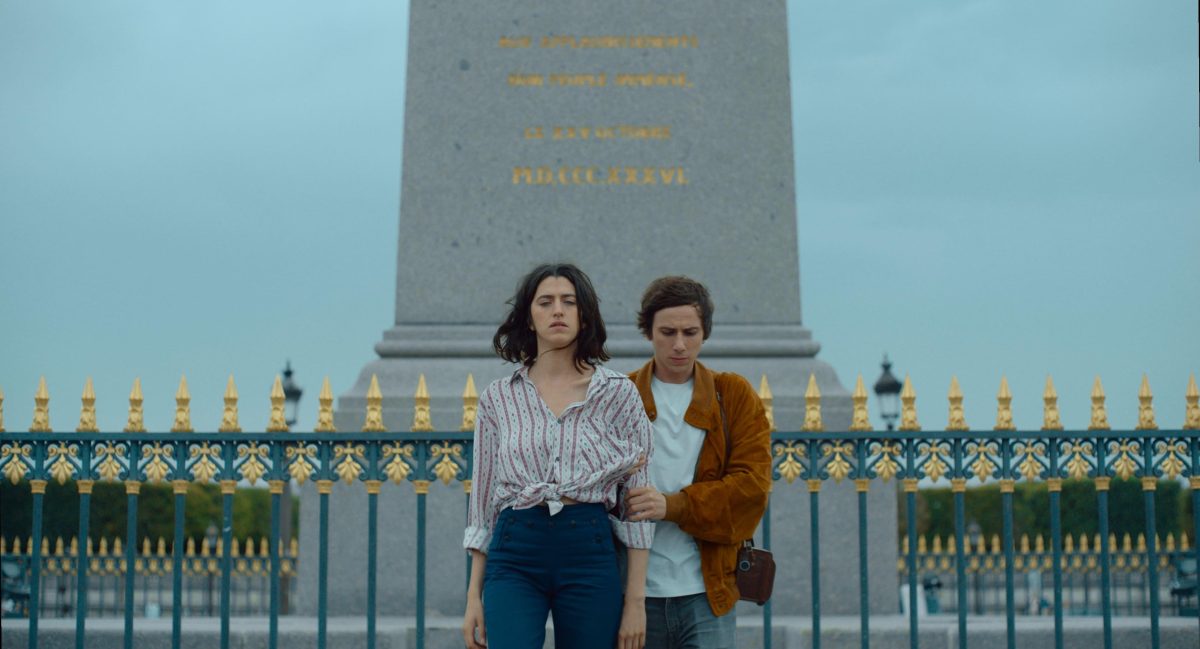
The supporting cast standouts are Paulette’s parents (veteran French actors Fanny Cottençon and Gilles Graveleau). At first, they hang over the plot like an unanswered question you know the film will eventually answer, dropping hints here and there before they finally appear. More immediate supporting characters, such as Valérie and Margarita, are brought to life well, too. They bring out different sides of the two leads and are both interesting in their own right. However, for both of them, extra scenes felt needed in order to give them proper resolutions with their respective love interest leads. At the same time, this is the kind of film where not everything being resolved works with the story and themes it is trying to convey, even if said themes can be delivered in an at times heavy-handed manner.
Occasionally, the script will have a character proclaim something that sounds meaningful and meditative on the human condition, in a way that feels like Massey is standing on a soapbox talking to the audience, rather than being part of the natural flow of the macabre conversations. Moments such as Paul writing at a desk and declaring that the pen has killed more people than the sword. These flourishes are at odds with the more subtle moments where character traits, such as the way Paulette eats a certain fruit, take on a sadder meaning as she reveals more about her life before the film to Paul. It is unclear if Paul notices, but it was a rewarding moment of putting two and two together to uncover hidden depth. Time and care were put into fleshing out the leads, not just in the script but with the actors themselves.
Overall, “Paul and Paulette Take a Bath’ is ambitious, bold, and swinging for the fences, and despite falling short with a slightly scattershot approach, it is a confident debut, and one that has lingered with me long since the credits rolled. It will stay with me for quite some time.



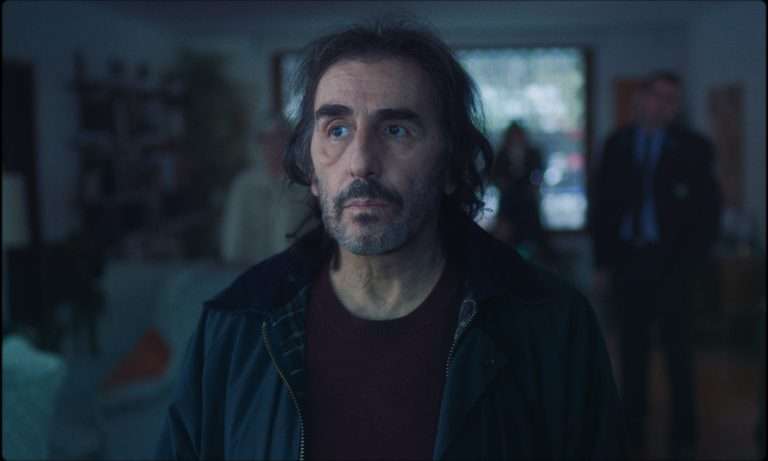
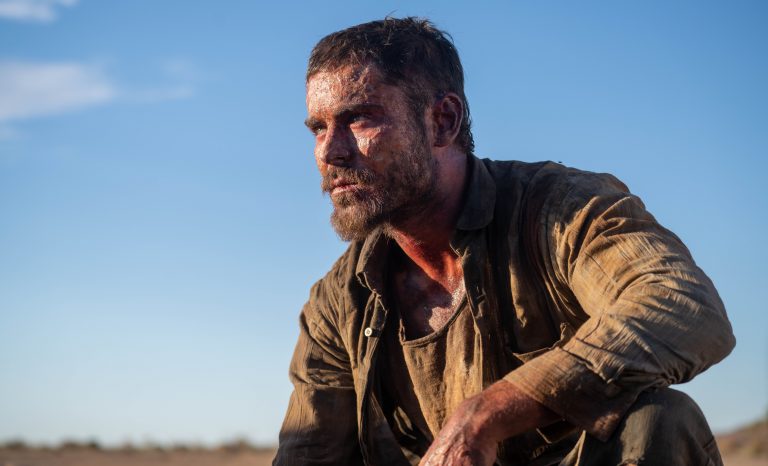
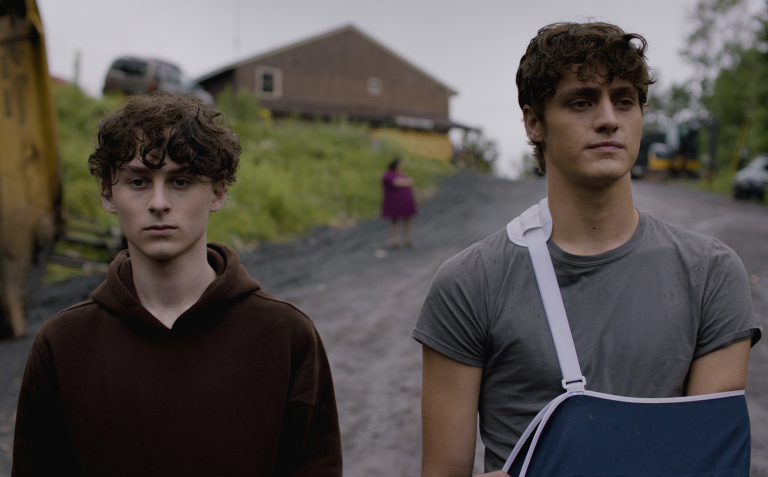
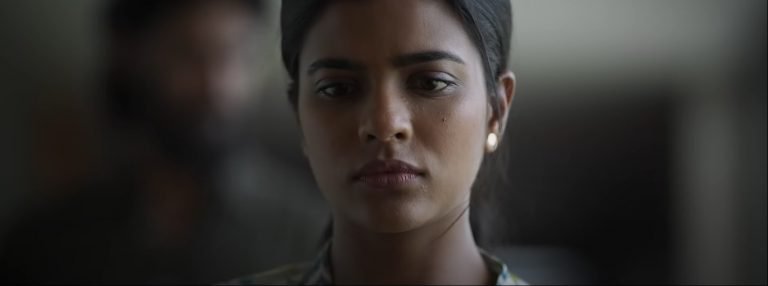
![Western [2018] – A Quietly Powerful Tale of Cross-Cultural Connection and Male Ego](https://79468c92.delivery.rocketcdn.me/wp-content/uploads/2019/02/Western-2018-768x416.jpg)
